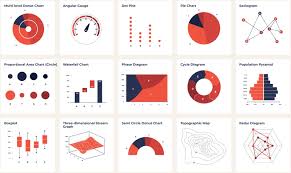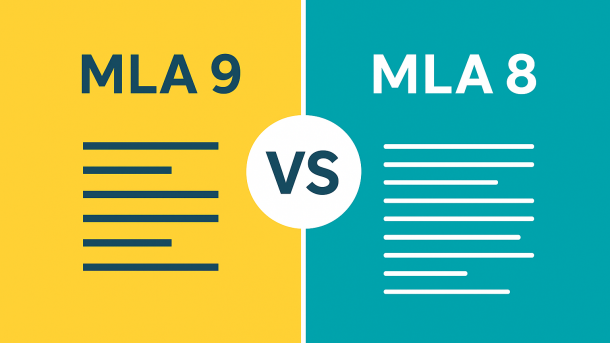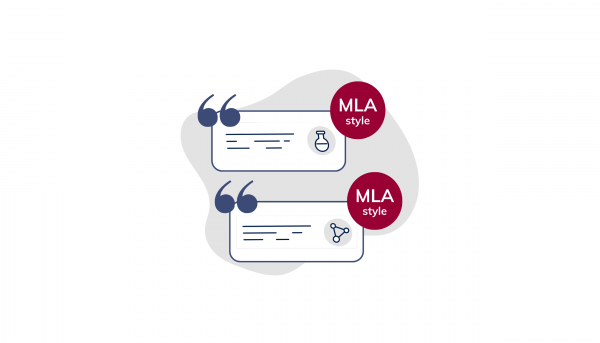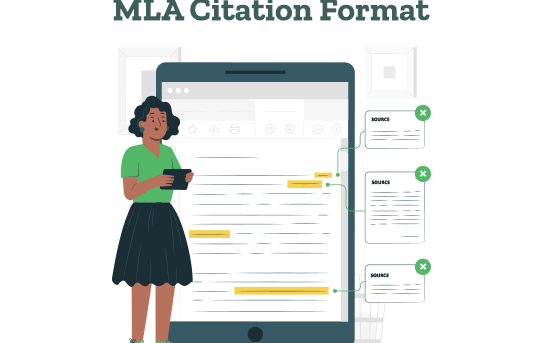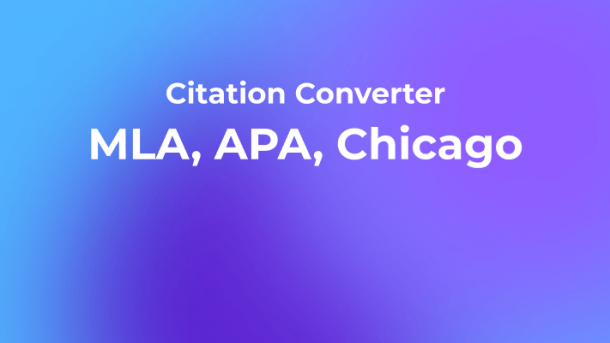Writing an academic paper can be challenging, and proper formatting often adds to the stress. The Modern Language Association (MLA) style provides a standardized approach to...
Continue reading...Blog
MLA Headings Made Simple: Formatting Your Papers Without Stress
Navigating academic formatting can feel overwhelming, especially when dealing with specific guidelines like MLA (Modern Language Association). Students often struggle to apply rules correctly, risking deductions...
Continue reading...Citing Interactive Web Applications and Dynamic Visualizations: Challenges, Standards, and Evolving Practices
Over the past decade, the world of digital scholarship has transformed dramatically. Researchers, journalists, educators, and analysts increasingly rely on tools that go far beyond static...
Continue reading...Citing Live Talks and Lectures: A Comprehensive Guide
In academic writing, accurate citation is essential to give credit to original sources, maintain credibility, and avoid plagiarism. While citing books, journal articles, and online sources...
Continue reading...Tracing the Evolution of MLA: A Comparative Look at the 8th and 9th Editions of the MLA Handbook
The Modern Language Association (MLA) has long shaped the conventions of academic writing in the humanities. Since its early editions, the MLA Handbook has served as...
Continue reading...The Psychology of Academic Integrity: Why Students Forget MLA Citations
Reasons Students Struggle with MLA Citation Many instructors face the challenge of students failing to use MLA citations correctly or omitting them entirely. At first glance,...
Continue reading...MLA Style and the Rhetoric of Academic Writing
Academic writing is more than a formal presentation of facts; it is an exercise in persuasion, clarity, and credibility. While the content of a paper is...
Continue reading...MLA Citations for Crowdsourced Knowledge: Reddit, Wikipedia, and Community-Based Data
In the modern research landscape, information does not come only from books, peer-reviewed journals, or academic databases. Increasingly, knowledge emerges from digital communities—spaces where users collaborate,...
Continue reading...Adapting MLA Style for Academic Blogging and Online Portfolios
In the digital age, scholarly communication has expanded beyond journals and conference presentations. Researchers, students, and educators increasingly use blogs, academic websites, and platforms like Substack...
Continue reading...Converting Between APA, Chicago, and MLA Styles: A Step-by-Step Guide
Academic writing is governed by a set of stylistic conventions that dictate how sources are cited, formatted, and presented. Among the most widely used citation styles...
Continue reading...
